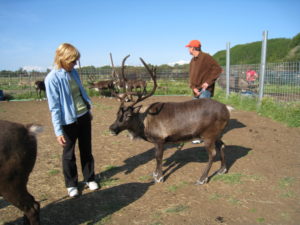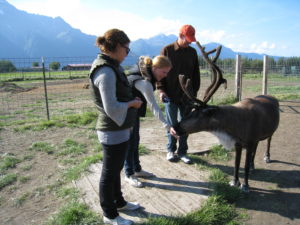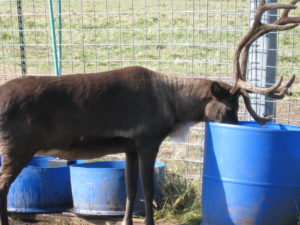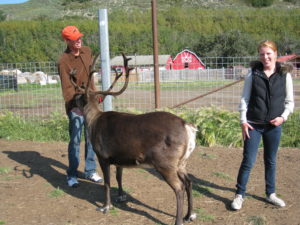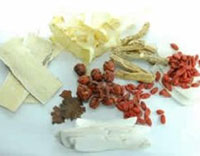![ginger[1] ginger[1]](http://www.pacherbs.com/wp-content/uploads/2009/08/ginger12-150x150.jpg)
Ginger is a common recommendation in my clinic. Ginger is wonderful for digestive disorders and it is anti-inflammatory. “ Drink Ginger tea” is one of the most common suggestions I make.
Drink Ginger tea” is one of the most common suggestions I make.
Here are some great ideas from an article by Jennifer Dubowsky, L.Ac. originally posted Dec. 2008 about the benefits of ginger.
It is interesting to note, too, that ginger has been employed in Chinese herbal medicine for thousands of years due to its numerous beneficial properties. Called Sheng-jiang in the Chinese pharmacopoeia, ginger used alone as a single herb is considered to alleviate nausea, dispel pathogens by inducing sweating, expel cold, as well as stop coughing and reduce excess phlegm in the lungs. In Chinese herbal medicine, Sheng-jiang, or fresh ginger, is considered to have very different properties than Gan-jiang, or dried ginger. Gan-jiang is useful for “cold” pain of the stomach and abdomen, diarrhea due to “cold” in the abdomen, cough, and rheumatism, among other uses. Dried ginger has also been shown to inhibit vomiting.

 Drink Ginger tea”
Drink Ginger tea”